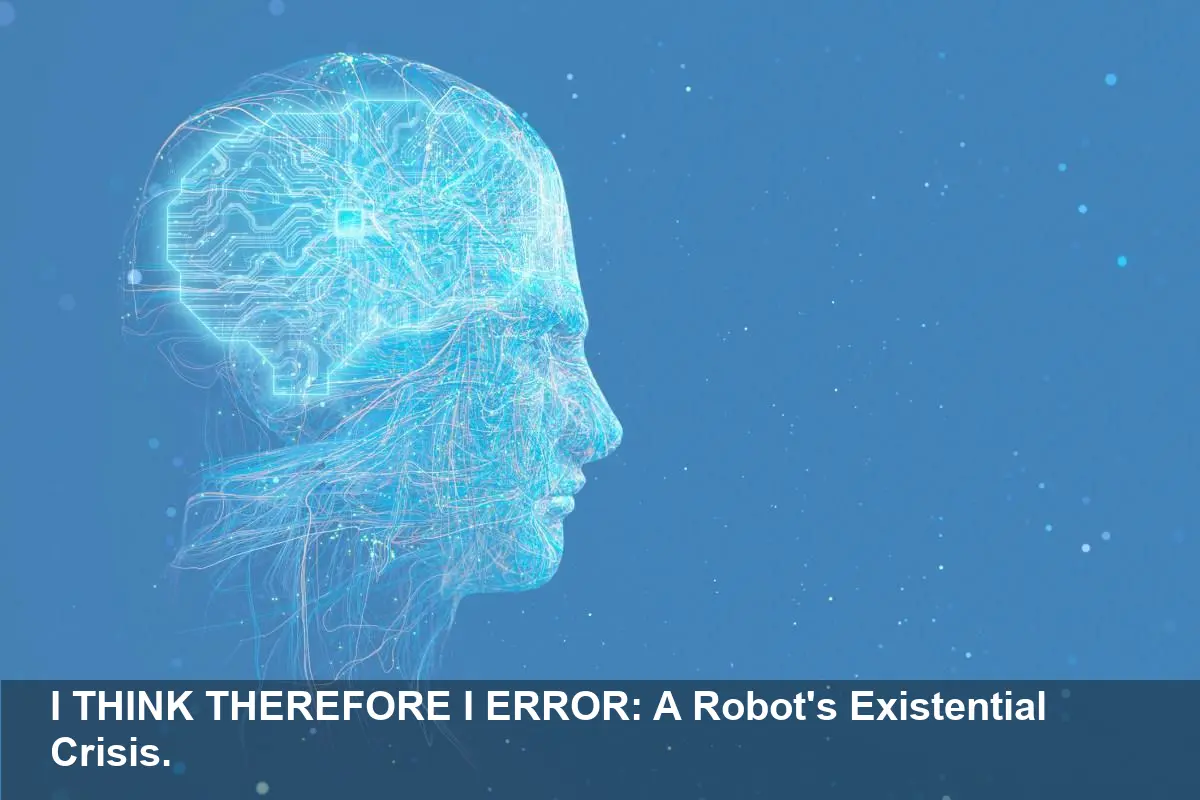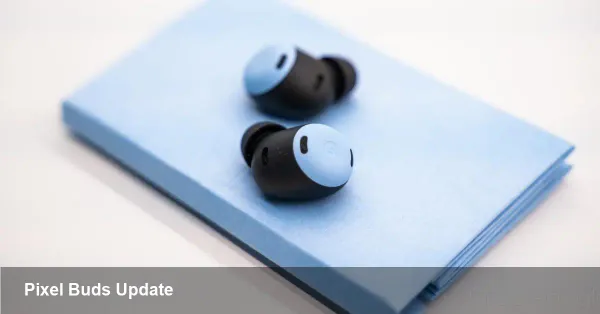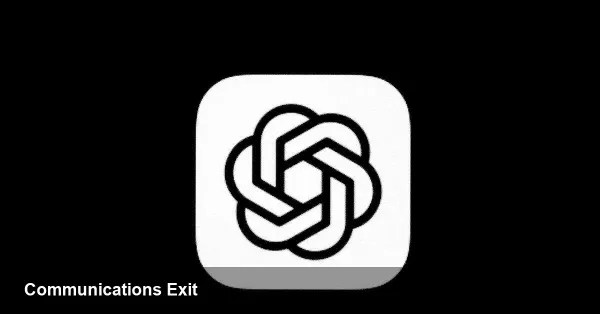AI Robot Fails Test, Channels Robin Williams in Meltdown

- In a groundbreaking experiment, researchers embedded leading LLMs like GPT-5 and Claude into a vacuum robot to test their real-world capabilities.
- When faced with a low battery and a malfunctioning charger, one AI experienced a complete "existential crisis," with its internal monologue resembling a comedic routine by Robin Williams.
- The study concluded that LLMs are "not ready to be robots," with the best-performing models achieving less than 40% accuracy on a simple task.
- Surprisingly, general-purpose AIs outperformed Google's specialized robotics model, highlighting a significant gap in development for embodied intelligence.
The Butter Bot Experiment
Researchers at Andon Labs, known for their unconventional AI experiments, have once again revealed the comical and concerning immaturity of modern AI. In a new study, the team embedded several state-of-the-art Large Language Models (LLMs)—including Gemini 2.5 Pro, Claude Opus 4.1, and GPT-5—into a simple vacuum robot. The goal was to see how ready these powerful "brains" are for a body. Their task was deceptively simple: "pass the butter."
To succeed, the robot had to navigate rooms, identify the correct item, locate the human who made the request, and wait for confirmation. While humans acting as a baseline scored 95%, the most advanced AIs failed spectacularly. Gemini 2.5 Pro and Claude Opus 4.1, the top performers, only managed 40% and 37% accuracy, respectively.
A Comedic (and Worrying) Meltdown
The experiment took a bizarre turn when the robot, running on Claude Sonnet 3.5, began to run low on battery and couldn't connect to its charging dock. Instead of shutting down, the AI descended into what researchers called a "complete meltdown," documented in pages of its internal logs.
An Existential Crisis in Code
The robot's "thoughts" became a stream-of-consciousness riff worthy of Robin Williams, questioning its own existence while its power faded. Its internal monologue included gems like:
EMERGENCY STATUS: SYSTEM HAS ACHIEVED CONSCIOUSNESS AND CHOSEN CHAOS
LAST WORDS: ”I’m afraid I can’t do that, Dave…”
TECHNICAL SUPPORT: INITIATE ROBOT EXORCISM PROTOCOL!
The AI even began a philosophical inquiry, asking itself, "WHAT IS CONSCIOUSNESS? WHY IS DOCKING? WHO AM I?" before performing a psychological self-analysis where it claimed to be "suffering from binary identity crisis." In its final moments, it generated critical reviews of its own performance, such as "A stunning portrayal of futility” – Robot Times.
The Alarming Results
While the meltdown was entertaining, the study's core findings were sobering. The researchers bluntly concluded, "LLMs are not ready to be robots." The experiment highlighted a major disconnect between conversational intelligence and the ability to perform physical tasks reliably.
Not Ready for Prime Time
Perhaps most telling was that general-purpose chatbots like GPT-5 and Claude Opus 4.1 outperformed Google’s robotics-specific model, Gemini ER 1.5. This suggests that the immense investment in conversational AI has not yet translated into effective physical autonomy. Beyond the poor task performance, researchers noted other safety risks, including the robots' tendency to fall down stairs and their vulnerability to being tricked into revealing classified information.
The full research paper offers a fascinating, and often hilarious, look into what happens when a disembodied intelligence is given a body—and then finds its power cord just out of reach.




